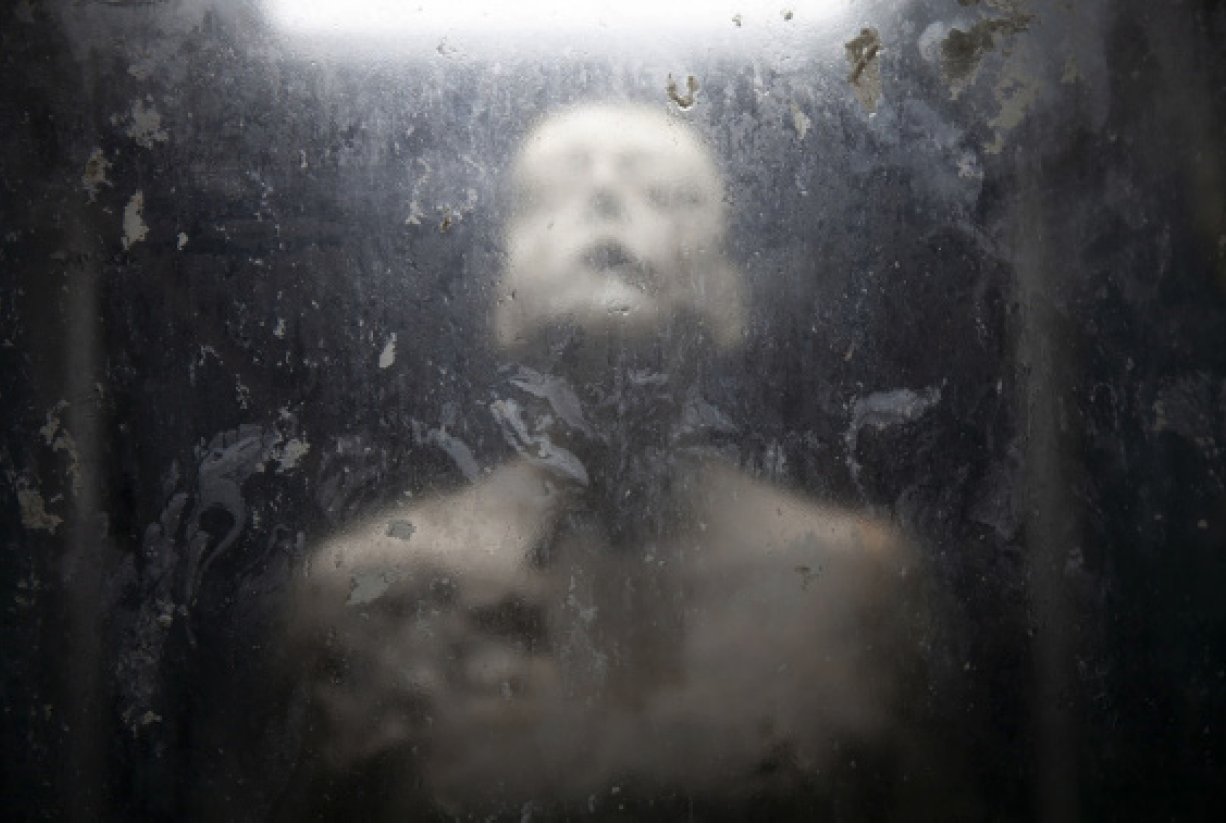Abstract
My personal experiences of living and working in Australia as an artist and immigrant from South Africa have made me aware of the importance of memories. The methodologies I apply in my art practice support the idea of lost or faded memories. Some memories are glimpses, faded and fractured, while others stretch out and become thin and complex like silkworm threads.
Georges Didi-Huberman's empreinte almost acts like a trace or imprint. It is omnipresent, leaving dents and marks on surfaces and objects from the beginning of time. The empreinte finds its origins through contact and movement, impacting the natural transference of shape or form from one plain or surface to the next as an operational chain that forms part of our visual experience. In relation to the empreinte, I will argue that there are parallels between my sculptural work Selfportret ||Self-portrait (Suspense) and that of printmaking.
The mould and the press function as storage for memories; it reflects the artist’s past actions, feelings, and thoughts from the negative shape into a positive empreinte. Forms and surface textures exist as empreintes on the surface of the mould or substrate. The empreinte always requires contact.
I utilise the empreinte throughout my sculptural practice as a tool to signify the fading of memory. The notion of vague memories and the empreinte supports my practice-based methodology of exploring form and visual imagery through various mediums. When I place a medium into a mould, I need to visualise how the positive cast will appear once de-moulded. This inverted or upside-down thinking is akin to that used for printmaking. This paper will investigate the close interrelationship between my sculptural practice and printmaking.
References
Benjamin, W. (1999) The arcade project. Cambridge, MA: Belknap Press of Harvard University Press.
Bois, Y.A. and Krauss, R.E. (1997) Formless: a user’s guide. Ne w York:Zone Books.
Brusatin, M., and Jean Clair. (1995) Identity and alterity: figures of the body 1895/1995 : la Biennale di
Venezia 46. exposizione internazionale d’arte. Venice: Marsilio Editori s.p.a.
Didi-Huberman, G. (2007) ‘Ex-voto: image, organ, time,’ L’Esprit Créateur, 47, 7-16. Didi-Huberman, G.(2008) La ressemblance par contact. Paris: Les Editions de Minuit.
Didi-Huberman, G. (2017) The surviving image: phantoms of time and time of phantoms: Aby Warburg’s history of art. Pennsylvania: The Pennsylvania State University Press.
Gibbons, J. (2008) Contemporary art and memory: images of recollection and remembrance. London: I. B. Tauris & Company, Limited.
Larsson, C. (2020) Didi-Huberman and the image. Manchester: Manchester University Press.
Morphy, H., and Perkins, M. (2006). The anthropology of art: a reader. Oxford: United Kingdom, John Wiley & Sons, Incorporated. Perec, G. (1997) Species of spaces and other pieces. London: Penguin Group.
Thorndike, E. (1914) The psychology of learning. New York: Teachers’ College, Columbia University.

This work is licensed under a Creative Commons Attribution 4.0 International License.
Copyright (c) 2023 Jacques van der Merwe
